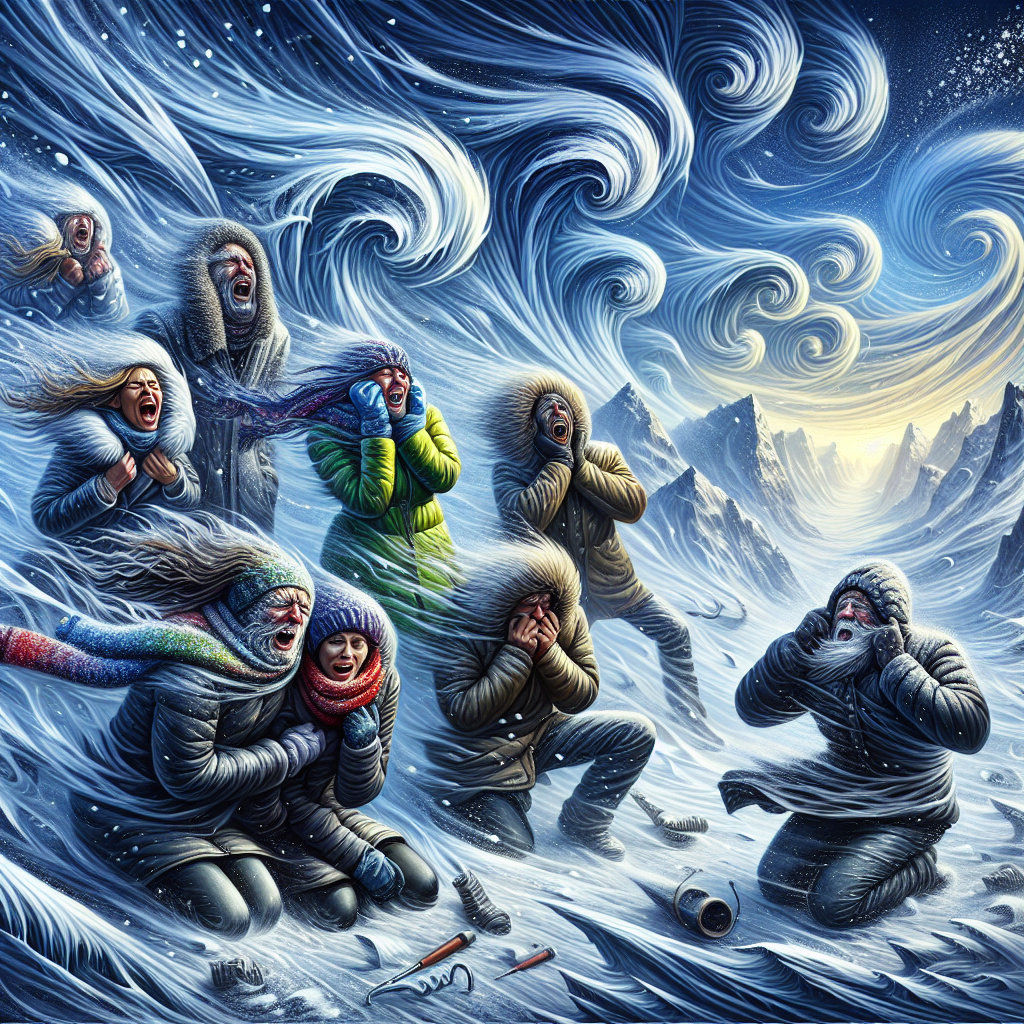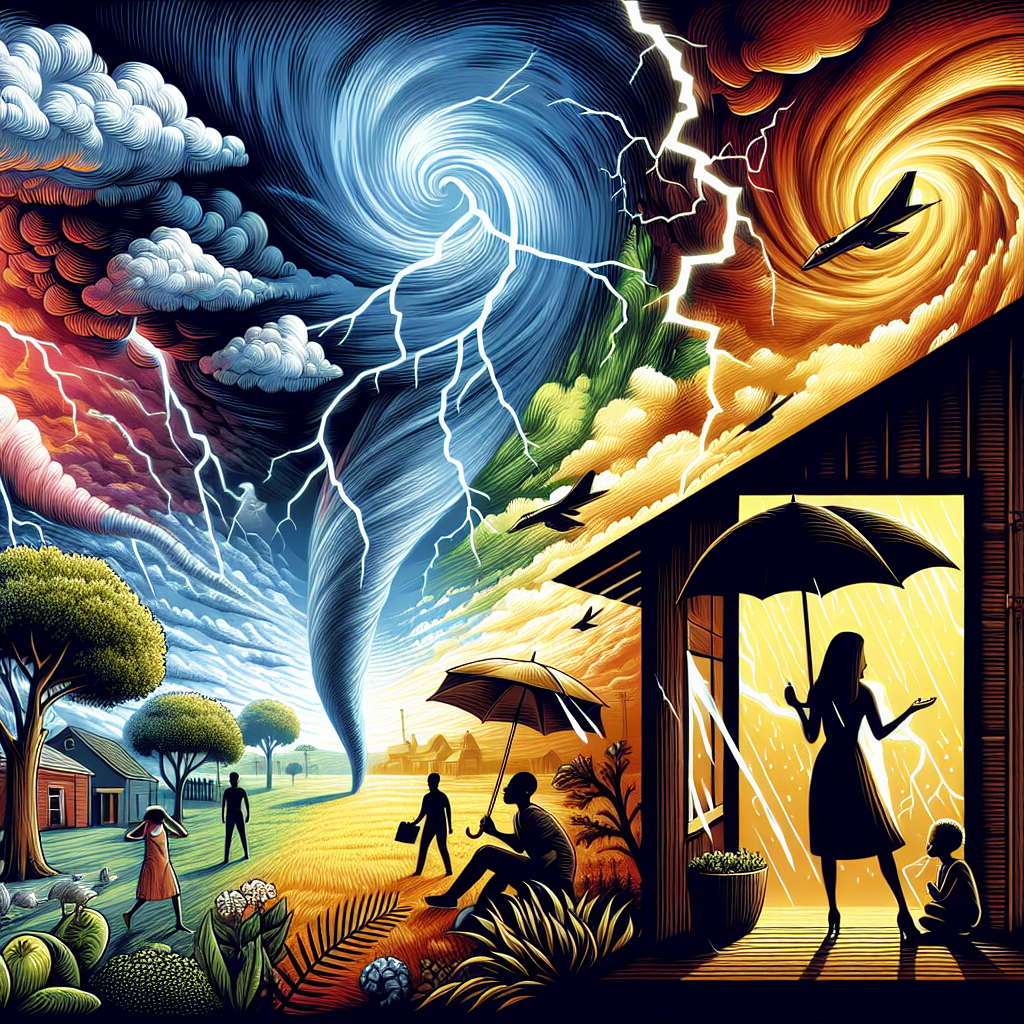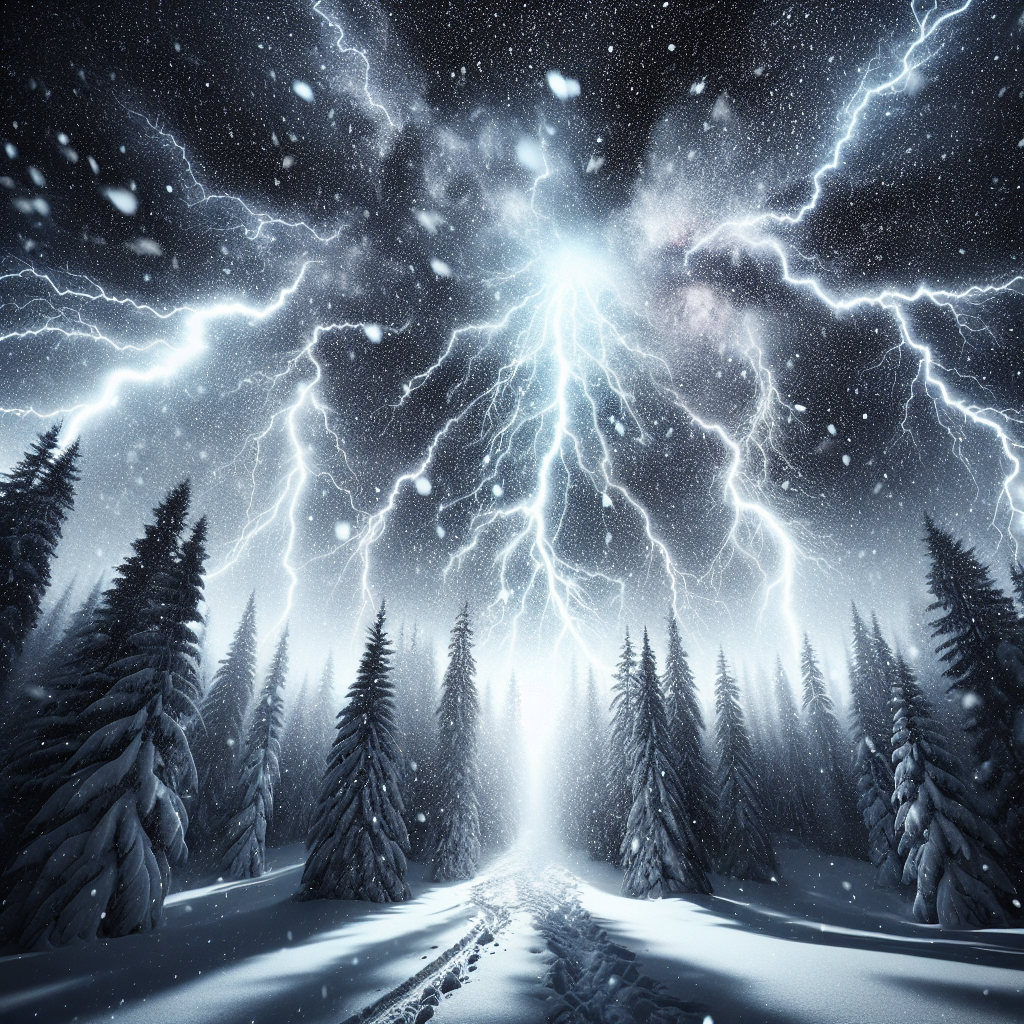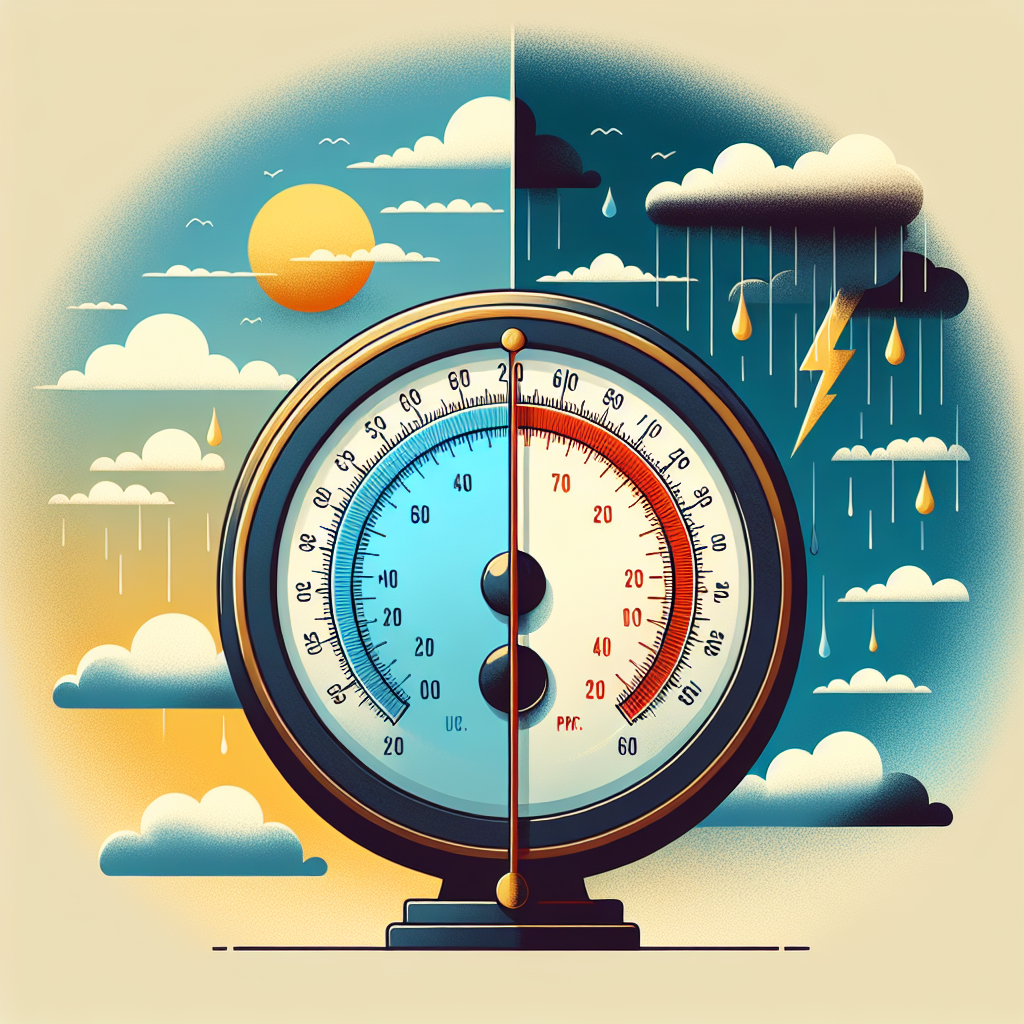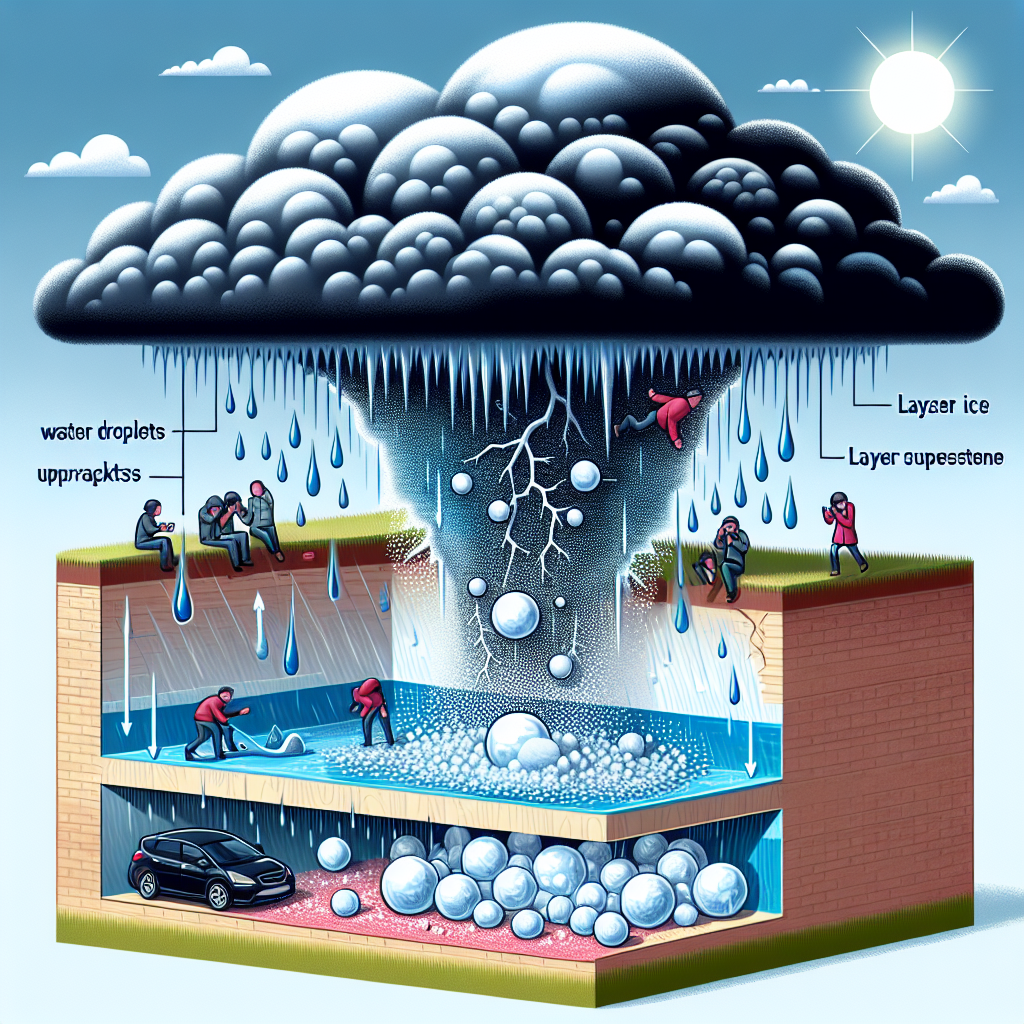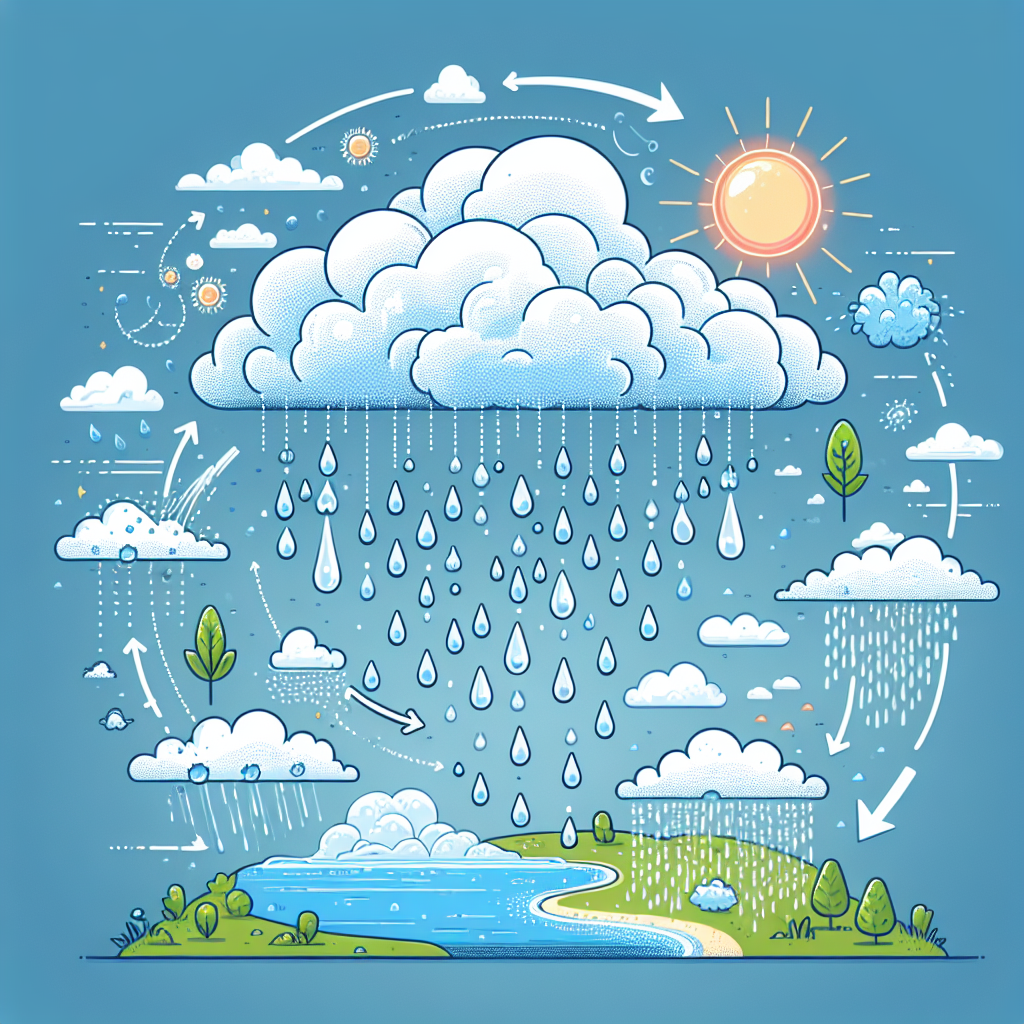The Anatomy of a Rainbow: Unveiling Nature’s Masterpiece
Rainbows, those ephemeral arcs of vibrant color painted across the sky, have captivated humanity for millennia. They are more than just pretty pictures; they are a stunning demonstration of the fundamental principles of physics, a dance between light and water that reveals the intricate workings of our universe. Understanding the science behind rainbows allows us to appreciate their beauty on a deeper level, moving beyond simple observation to a comprehension of the elegant interactions at play.
The Essential Ingredients: Sunlight and Water Droplets
At its core, rainbow formation requires two key ingredients: sunlight and water droplets suspended in the air. These droplets typically originate from rain showers, although they can also be found in mist, fog, or even the spray from a waterfall. Sunlight, which appears white to the human eye, is actually composed of a spectrum of different colors, each with its own unique wavelength. This fact is crucial to understanding the process of rainbow creation.
Refraction: Bending the Light’s Path
The journey of light through a raindrop begins with refraction. When sunlight enters a water droplet, it slows down and bends, or refracts, as it passes from air (a less dense medium) to water (a denser medium). The amount of bending depends on the wavelength of the light. Shorter wavelengths, like violet and blue, are bent more than longer wavelengths, like red and orange. This difference in bending angles is the foundation of the rainbow’s color separation.
The angle of incidence (the angle at which light strikes the surface) also plays a significant role. Maximum separation occurs when the sunlight enters the raindrop at a specific angle, allowing for the most pronounced refraction.
Reflection: Turning Back on Itself
After refraction, the light travels through the water droplet until it reaches the back surface. Here, most of the light undergoes internal reflection, bouncing back into the droplet. A small amount of light escapes, but the reflected light is the light that ultimately contributes to the rainbow we see. The internal reflection ensures that the light is redirected back towards the observer.
It’s important to note that this isn’t a perfect reflection; some light is lost with each interaction, contributing to the rainbow’s inherent faintness compared to direct sunlight.
Second Refraction: Emerging with Color
As the reflected light exits the water droplet, it undergoes another refraction as it passes from water back into air. This second refraction further separates the colors, amplifying the initial separation that occurred upon entry. The light now emerges from the droplet at a specific angle relative to the incoming sunlight, with each color diverging at a slightly different angle.
The angle at which each color emerges is crucial. For red light, this angle is approximately 42 degrees relative to the direction of the incoming sunlight. For violet light, the angle is around 40 degrees. This small difference in angle is what creates the arc of color we perceive as a rainbow.
The Angular Dependence: Why Rainbows are Arcs
The key to understanding the shape of a rainbow lies in the angular relationship between the sun, the observer, and the water droplets. The specific angles at which the refracted and reflected light emerges from the raindrops dictate that the rainbow appears as an arc, centered around the point directly opposite the sun in the sky. This point is known as the antisolar point.
Because the angle of refraction and reflection is fixed for each color, the observer only sees the light from raindrops that are positioned at the correct angle relative to the sun and the observer’s eye. This explains why the rainbow seems to move as you move; you are constantly seeing light from different sets of raindrops.
The Role of the Observer: A Personal Phenomenon
Rainbows are a uniquely personal phenomenon. Because the appearance of a rainbow depends on the specific position of the observer relative to the sun and the rain, no two people ever see exactly the same rainbow. Each person sees a rainbow formed by light refracted and reflected from a different set of water droplets. This explains why you can never “reach” the end of a rainbow; as you move, the position of the rainbow shifts with you.
The Secondary Rainbow: A Fainter Reflection
Sometimes, a fainter, wider rainbow can be seen outside the primary rainbow. This is known as a secondary rainbow. The formation of a secondary rainbow involves two internal reflections within the water droplets instead of one. This extra reflection causes the order of the colors to be reversed, with red appearing on the inside of the arc and violet on the outside.
The secondary rainbow is fainter than the primary rainbow because each reflection results in a loss of light. The extra reflection in the secondary rainbow further diminishes its intensity. The area between the primary and secondary rainbows often appears noticeably darker; this is known as Alexander’s band.
Polarization: An Additional Feature of Rainbow Light
The light from a rainbow is partially polarized, meaning that the light waves vibrate preferentially in a particular direction. This polarization is caused by the reflection of light within the water droplets. Sunglasses with polarizing lenses can partially block the polarized light from a rainbow, making it appear more vibrant and intense. This effect is most pronounced when viewing the rainbow at a specific angle relative to the sun.
Beyond the Basics: Lunar Rainbows and Fogbows
While rainbows are typically associated with sunlight, they can also occur under moonlight. These lunar rainbows, also known as moonbows, are much fainter than solar rainbows because moonlight is significantly weaker than sunlight. They are best observed when the moon is full or nearly full and the sky is dark.
Fogbows, also known as white rainbows, are similar to rainbows but are formed by water droplets in fog or mist. Because the water droplets in fog are much smaller than raindrops, the colors in a fogbow are less distinct and often appear white or pale.
The Significance of Rainbows in Art and Culture
Rainbows have held significant cultural and symbolic meaning throughout history. In many cultures, they are seen as a bridge between the earthly and spiritual realms, a symbol of hope, promise, and new beginnings. They have been depicted in art, literature, and mythology for centuries, representing a wide range of concepts from divine intervention to the end of a storm. The enduring fascination with rainbows reflects our innate human desire to understand and appreciate the beauty and wonder of the natural world.


